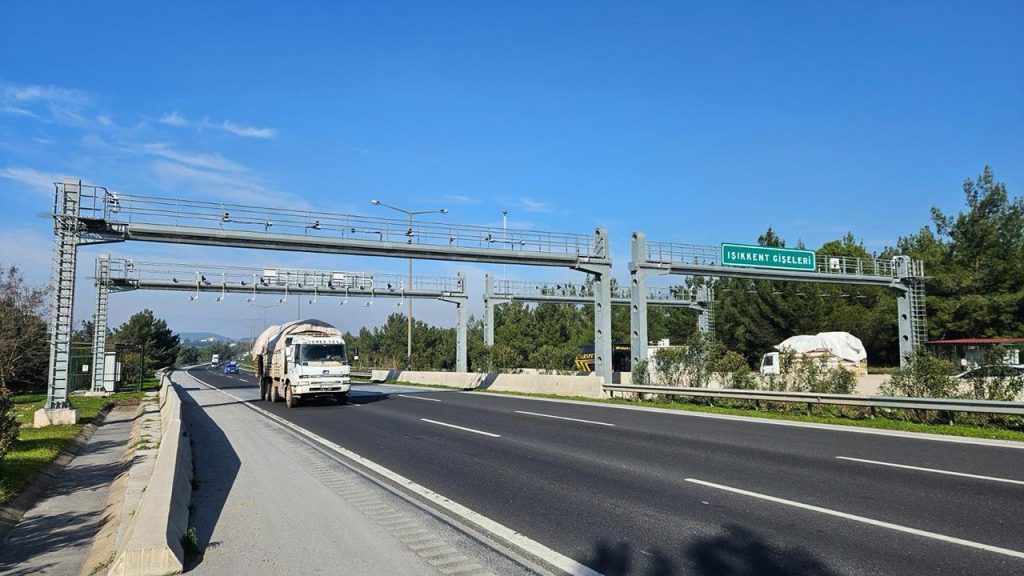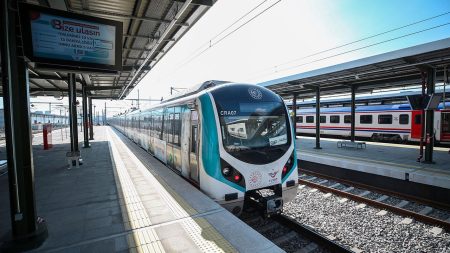According to information compiled from the 2023 Activity Report of the General Directorate of Highways of the Ministry of Transport and Infrastructure, the Electronic Toll Collection System (HGS) offers advantages such as seamless passage, automatic toll collection, continuity in traffic flow, and long service life thanks to radio frequency identification technology.
Every vehicle class allowed to enter the highway can subscribe to the HGS. Projects included in the Investment Program continue to expand the use of HGS on highways.
As of the end of last year, 264 HGS entry and 312 HGS exit toll booths are operational.
Equipment at toll collection stations designed domestically.
In order to manage toll collection stations for highways and bridges from a single center and to design all system equipment, including electronic tags, locally, a protocol was signed between the General Directorate of Highways and the Post and Telegraph Organization (PTT) titled “Maintenance, Repair, and Operation of Toll Collection Systems through the Main Control Center and Banking Services.”
As part of this protocol, the Automatic Pass System (OGS) was eliminated starting from 2021, and tolls for highway and bridge crossings began to be collected via HGS. Thus, by the end of 2023, a total of 526,364,972 vehicles using HGS passed through highways and bridges. Out of these, 159,637,062 vehicles passed through the 15 July Martyrs and Fatih Sultan Mehmet bridges, while 366,727,910 used the highways.
– Vehicles are charged based on traffic flow at the SGS
On the other hand, the Free Passage System (SGS) eliminates the obligation to choose a lane at toll collection points, and vehicles are charged based on normal traffic flow.
Installation work for SGS began first at the Fatih Sultan Mehmet Bridge, followed by the 15 July Martyrs Bridge, Mahmutbey, Çamlıca, Muallimköy, Mecidiye, Liman, Seferihisar, Torbalı, Işıkkent, Aydın, Kartepe, Küçükkılıçlı, Gölcük, Topağaç, Tarsus OSB, Bekirpaşa, Kurtköy, Şekerpınar, and İskenderun OSB stations.















